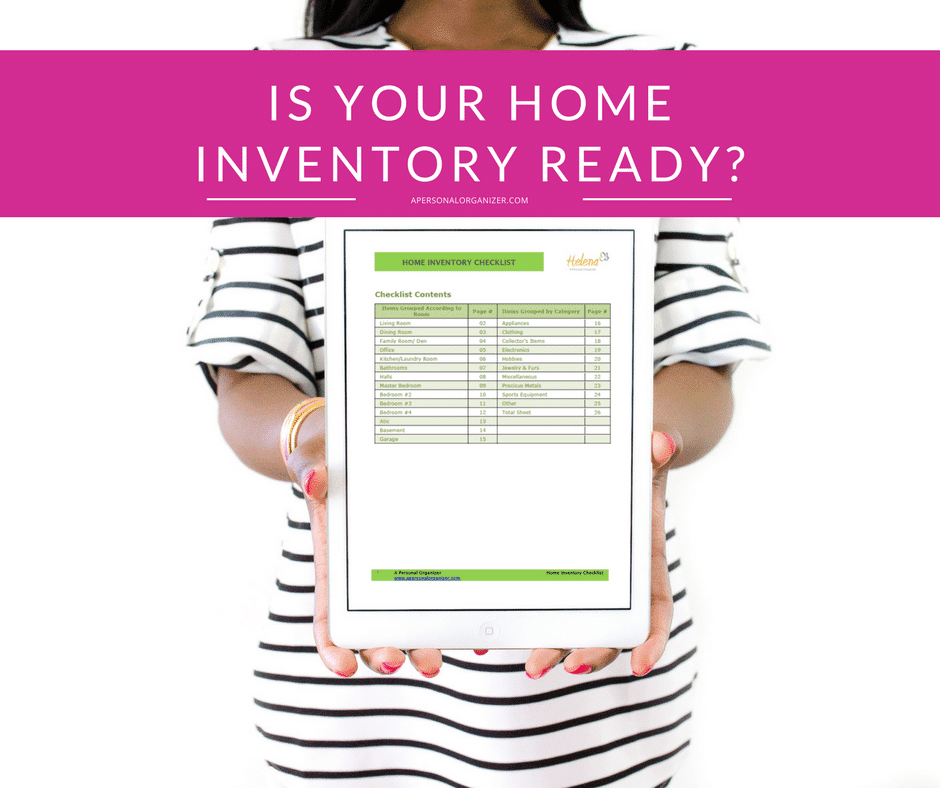Packing Tips for an Easier Move
I have moved 7 times in 16 years and have developed some smart packing tips that have helped me immensely.
Moving is really a daunting task. We have to pack the entire house, protect everything to avoid breaking, move it and then unpack and set up a whole new home. It’s exhausting and can get the best of us.
When we are “first-time” movers we often don’t realize how many choices and decisions the moving process will require from us.
From travel arrangements for us and our pets, transferring memberships, filling out IRS and post office forms, to transporting your house and garden plants—the list is endless!
Most moves in the US happen in the four-month period between May and August, and this really is a busy time for many military families as well.

It’s estimated that 40 million Americans moved last year and is expected that this number will go up this year. With a bit of luck and taking easy steps to be prepared, packing doesn’t have to be an overwhelming task.
“Many people procrastinate when it comes to packing before a big move because the task can seem unmanageable,” says Vicki Norris, founder and president of Restoring Order, a professional organizing company, and author of Restoring Order: Organizing Strategies to Reclaim Your Life. “But packing can be very manageable if you have an organized plan and proven packing strategies, ”Norris says the best way to start packing is to free yourself of the things you don’t use by either donating or tossing them. Norris calls this lightening-up process pruning.
“Prune your belongings down to what is useful and adds meaning and value to your life,” Norris advises. “Don’t forget pruning the stuff in your garage and storage units.”
She also recommends going room by room to begin the decluttering process, combing through both living space and storage areas to eliminate broken, outgrown, or abandoned items.
After pruning and before packing, assemble the proper packing tools: boxes, markers, newspaper, tissue, bubble wrap, scissors, and a measuring tape. Another practical and inexpensive packing tool is Glad ForceFlex trash bags, which feature a diamond texture that stretches around objects to help prevent rips and tears, allowing you to fill up, stretch, and stuff it with just about anything. Use these trash bags to contain children’s toys for holiday charity drives, baby clothes to pass on to a pregnant friend, or bulky old coats taking up space in your closets. Simply label bags with a marker and masking tape to identify the contents.
Some additional strategies for smart packing:
Develop a Move Plan
Sketch a simple floor plan of the destination home and identify how each room will be used. Landing your boxes in the correct room will be easier if you’ve taken the time to “purpose” the spaces in your future home and label boxes accordingly.
Set a Timeline
Schedule all the important dates, such as real estate transaction dates, necessary home repairs, packing dates, final cleaning, and the moving truck’s arrival. Your calendar will help you stay on top of your move instead of feeling overwhelmed.
Determine What Goes First
The items used least frequently can be put in a storage space during the sale and moving process to make your current home visually lighter for showing.
Assign a Color to Each Level of Your New Home
(e.g., red for upstairs, yellow for downstairs). Label each box clearly with the appropriately colored paper so helpers can get your boxes to the right floor. Also label each box with its destination room and basic contents (e.g., Guest Room: Craft Supplies).
Pack Smart
Pack according to your destination rooms, not according to where things are kept in your current home. This will result in a smoother unpacking experience.
I hope these great packing tips help you pack and have a successful move!





